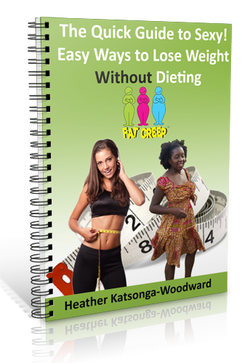|
By Dr Harry You may have heard about the target heart rate and how you can use it to grade your exercise routine. You may also be familiar with the maximum heart rate.  A normal heart rate is anywhere between 60 and 100 beats per minute (bpm) in adults. Your resting heart rate will be somewhere in this range, and most people have a resting heart rate of 60 – 80 bpm. Children have a slightly higher heart rate, which varies with their age. You may have noticed how your heart rate goes up with exercise, or strong emotion such as excitement, stress or anger. It also decreases when you are relaxed or asleep (although you may not have noticed this, because you were asleep!) But there is an upper limit to everyone’s heart rate – called the maximum heart rate. It won’t keep increasing indefinitely. As you age, the upper threshold decreases and you can only reach lower maximum heart rates safely. To calculate your maximum heart rate subtract your age (in years) from 220. This method is a “rule of thumb” and is not perfect. So use it as a guide. There are more accurate ways of measuring maximum heart rate which are expensive and time consuming, requiring specialist input but as a first approximation, this method is fine. So for a 50 year old person, their maximum heart rate would be 220 – 50 = 170 bpm. For an 80 year old, it is 220 – 80 = 140 bpm. Remember this is a maximum heart rate. You shouldn’t push your heart to make it work at this level because it may be harmful. We use the maximum heart rate number to work out how intensely to exercise. We should aim to exercise enough to reach at least 50% of the maximum heart rate, but not so hard that we are pushing our hearts to more than 85% of the maximum heart rate. So for the two examples above: You can see how exercising at 50% of the maximum heart rate may be possible with light exercise such as a brisk walk or slow jog because it is quite close to most people’s resting heart rate. If you want to exercise at the upper end of the target heart rate, you will need to increase the intensity of exercise. But you don’t have to work flat-out every time you work-out. If you can’t carry on a conversation while you are exercising you may be pushing it too hard. Keeping within 85% of the maximum heart rate will not strain you but at the same time it will keep your heart and lungs healthy, and burn calories. Below is a spreadsheet to help you calculate your maximum and target heart rate. You can use it if you are aged thirteen and over.
Please note this is general advice and does not constitute specific medical instruction. Before you embark on an exercise schedule, seek advice from appropriately qualified and licensed health care provider. Check with your physician if you are taking any medications, as the target heart rate values may need to be adjusted.  Although your personal finances and your business success are my primary interest, I believe you only operate at peak efficiency when you're fit and healthy. If you feel good, it filters through to your work. To help you with that, click for your free ebook: The Quick Guide to Sexy
0 Comments
Leave a Reply. |
By Heather
|
||||||
Heather Katsonga-Woodward, a massive personal finance fanatic.
** All views expressed are my own and not those of any employer, past or present. ** Please get professional advice before re-arranging your personal finances.

 RSS Feed
RSS Feed


